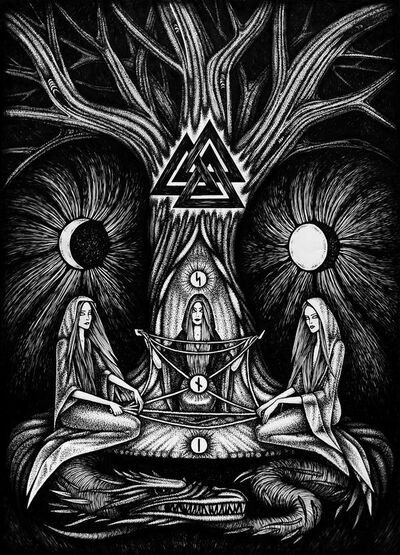
Proper prehistory, from the Eocene to the Iron Age! Archaeology, anthropology, & palaeontology 🦕🦍🗿🏹 MA Public Archaeology @UCLArchaeology #PubArch #SciComm
How to get URL link on X (Twitter) App

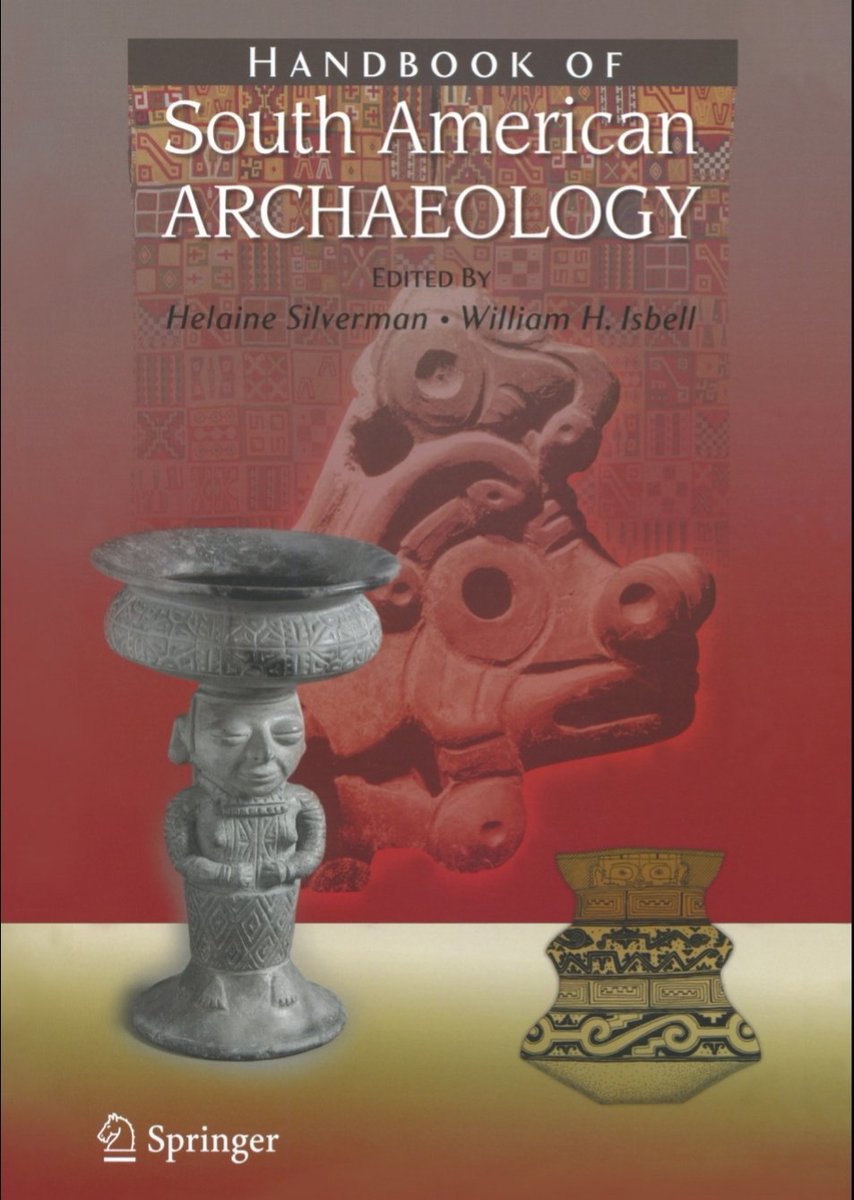


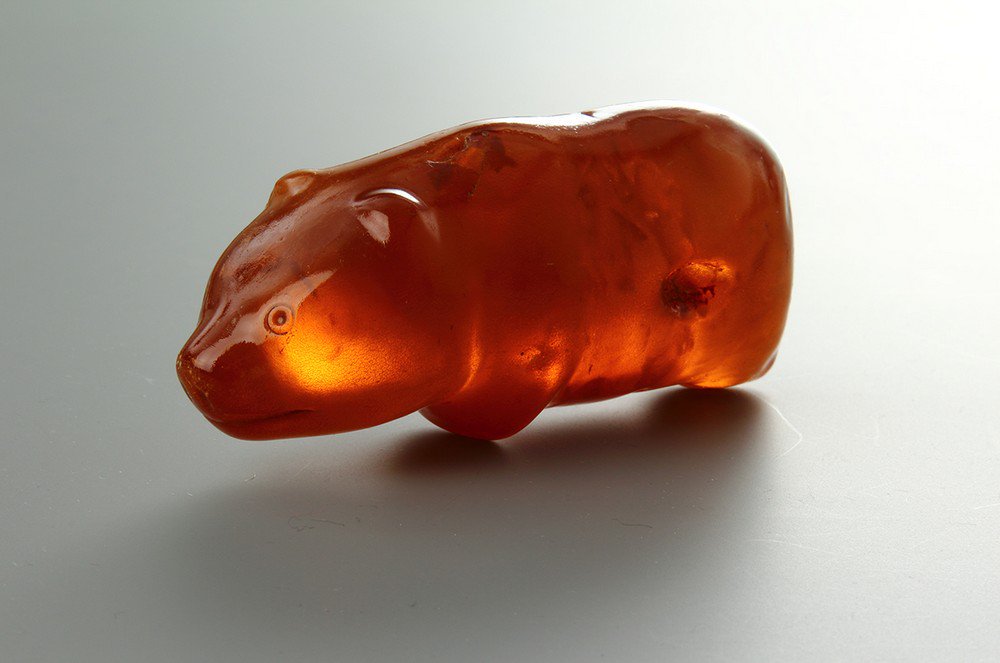
 2/ Early evidence for human use of amber comes from the famous Altamira Cave in Spain. In a Solutrean layer, dated 17-22kya, several pieces of unworked amber were found.
2/ Early evidence for human use of amber comes from the famous Altamira Cave in Spain. In a Solutrean layer, dated 17-22kya, several pieces of unworked amber were found.
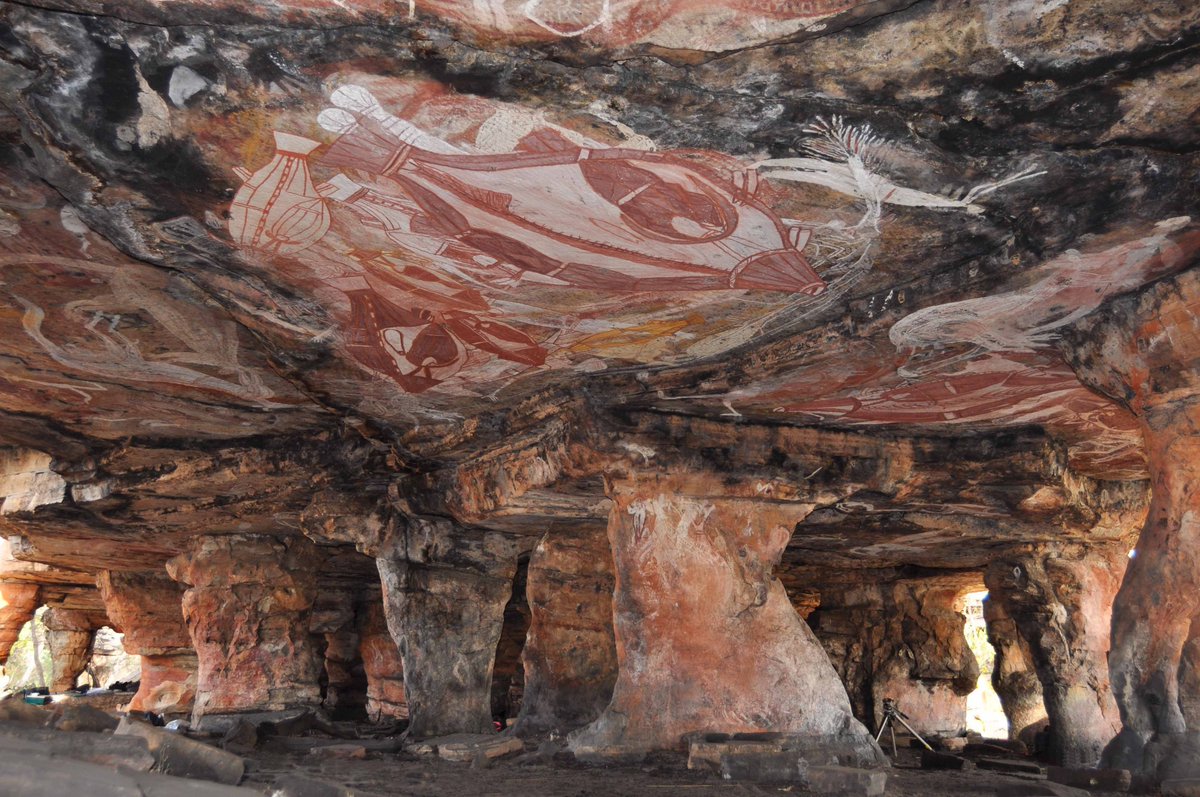
 ^^Photo by John Gollings
^^Photo by John Gollings

 2/ Hippos have also been immortalised. Art from this period (12,000 BCE - 6,000 BCE) is known as the Large Wild Fauna or 'Bubalus' Period.
2/ Hippos have also been immortalised. Art from this period (12,000 BCE - 6,000 BCE) is known as the Large Wild Fauna or 'Bubalus' Period.
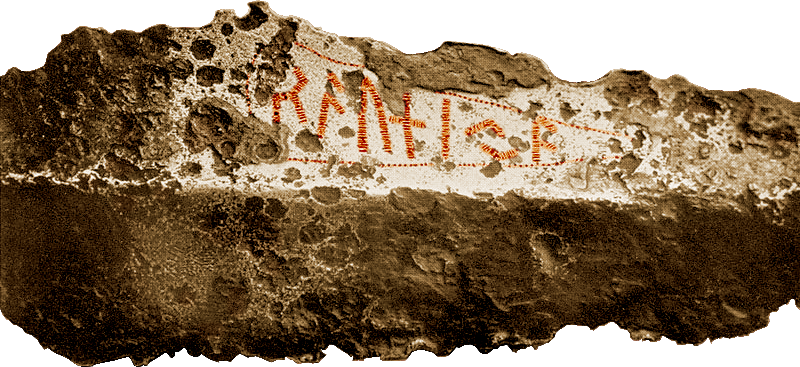
 2/ Rune means both 'letter' & 'secret' in many Germanic languages - hinting at their supposed magical origins. The Norns, 3 powerful female Jotun, were the 1st to use the runes. They'd carve them into the world tree Yggdrasil to control the fates of gods & men. #FolkloreThursday
2/ Rune means both 'letter' & 'secret' in many Germanic languages - hinting at their supposed magical origins. The Norns, 3 powerful female Jotun, were the 1st to use the runes. They'd carve them into the world tree Yggdrasil to control the fates of gods & men. #FolkloreThursday 